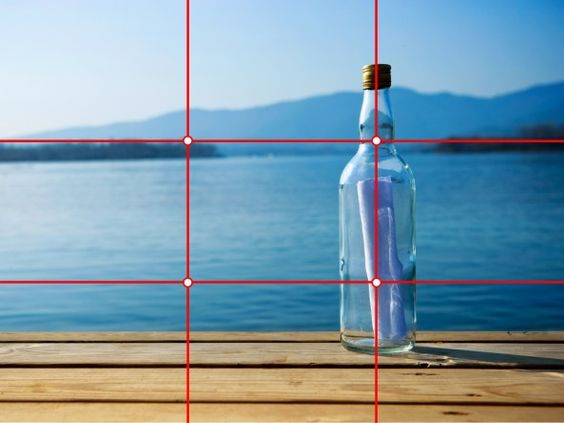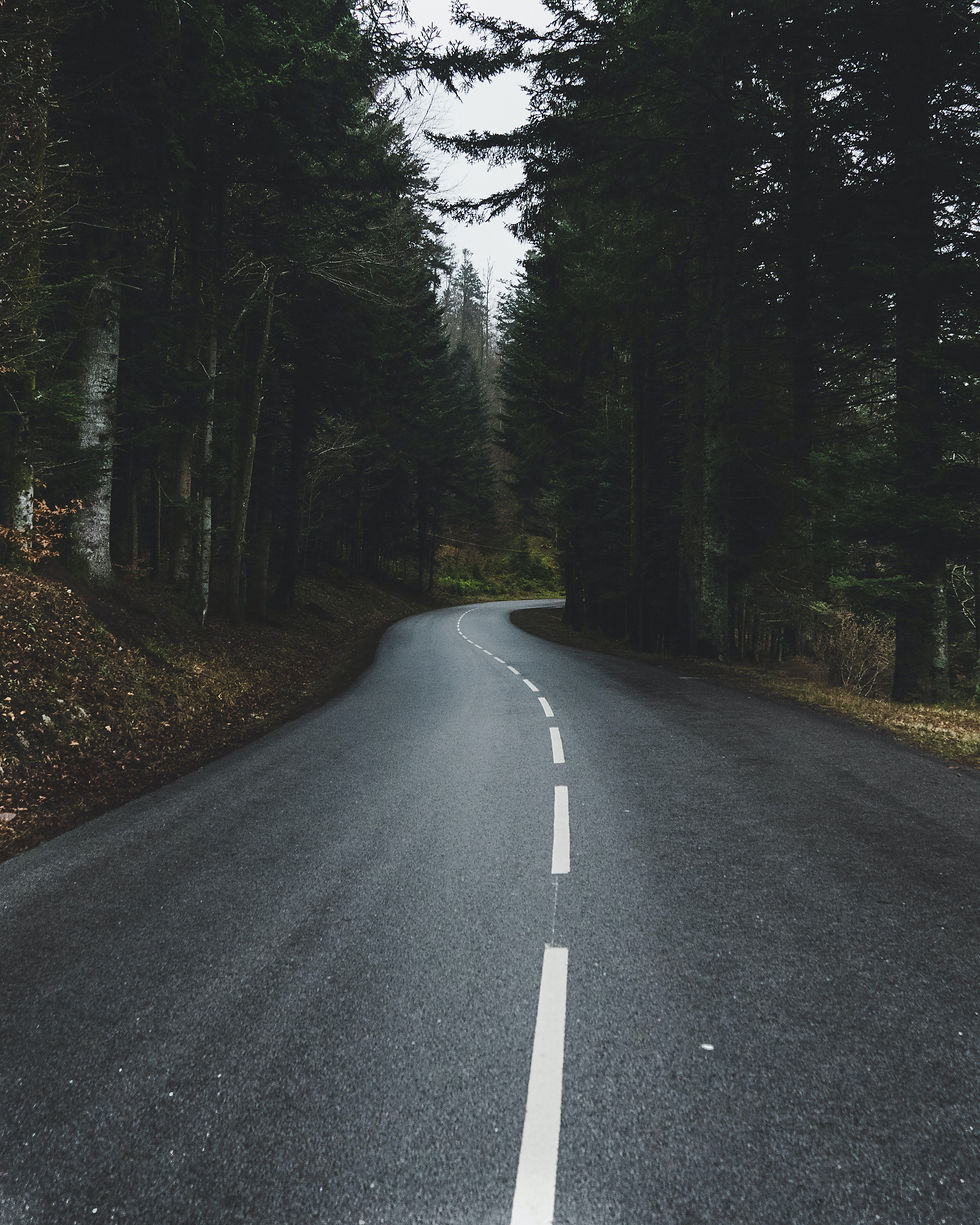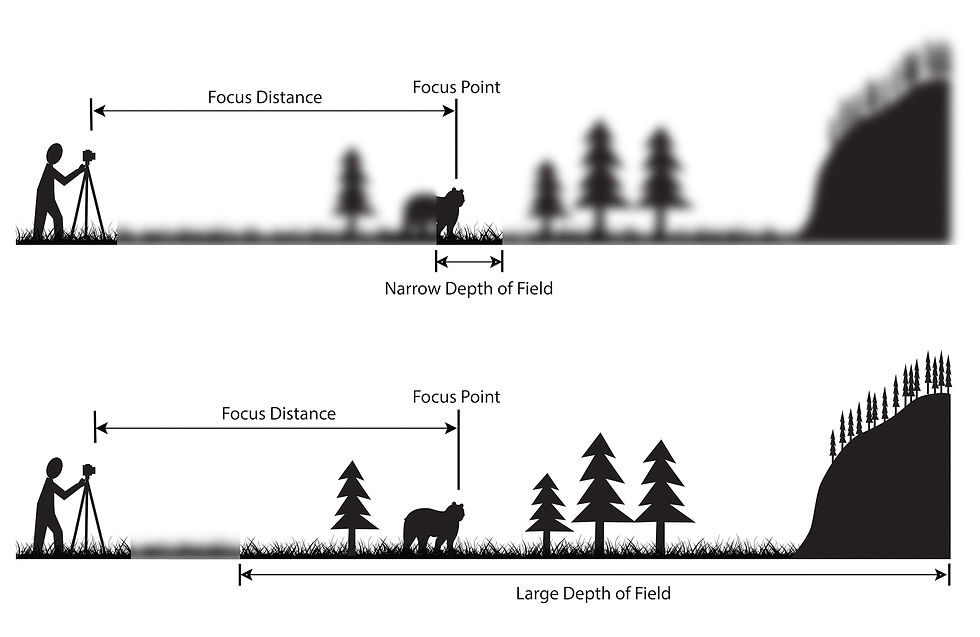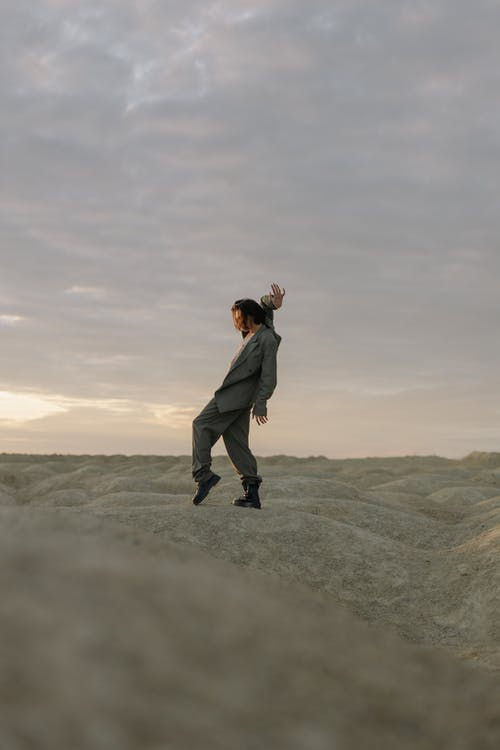10 Photography Composition Rules
- Rogueflex
- Feb 17, 2022
- 5 min read
Updated: Mar 8, 2022
Composition in the photograph is one of the most important pillars of photography and is intended to arrange the different elements to be photographed within the staff in a way that meets visual balance and consistency in the distribution of elements, leaving the viewer with a strong impression, and the following are the most prominent of these rules.

Photography is an art like all arts, it needs inspiration, creativity, and also knowledge to get an expressive and attractive photograph.
1. Rule of thirds

This rule was used in the art of painting and famous artists frequently employed this technique in order to achieve harmony and balance in their compositions. This can be broken after mastering it of course.
The rule of thirds Is dividing the frame into three vertical and horizontal lines, creating nine squares grid where scientific studies have proven that the four intersection points of inner lines are the main focus points that the viewer's eye falls on when it sees a framework whether it is a painting, design, or image.
so when you think about the composition of the image try to put the main subject on one of these four points to attract the eye movement simulation. This placement makes the background level out of the composition and the focus is on the main subject.
Perspective and composition in photography, as in any other art depends on your own vision and desire to convey the image, and they certainly develop with practice, study, and visual culture.
2. Balancing Elements

The arrangement of the image elements has an important and effective effect on the scenes. It is necessary to achieve a balance in colors, lighting, and distribution of elements within the frame, and when you talk about balance in the image, we mean the installation of visual elements in a comfortable and eye-catching manner.
Placing your main subject off-center, as with the rule of thirds, creates a more interesting photo, but it can leave a void in the scene which can make it feel empty. You can achieve a balanced composition and even out the main subject's "visual weight" by including another object of lesser importance to fill the space.
There is no doubt that the photographer is keen to have a different composition and a creative perspective, and this perspective depends on the situation he chooses.
Be original, show off your style, and tell your story.
3. Leading Lines

They are Guidelines that help the viewer focus on your subject or object, so when we look at a photo our eye is naturally drawn along lines. By thinking about how you place these leading lines in your composition, you can affect the way we view the image, pulling us into the picture, towards the subject, or on a journey "through" the scene.
Take advantage of the structures and the lines of natural landscapes. Use them in proportion to your subjects to lead the eye into the picture. So symmetrical photography composition is the most leading one, in this case, to help the viewer focus on your element.
There are many different types of line - straight, diagonal, curvy, zigzag, radial, etc - and each can be used to enhance our photo's composition
5. Patterns

Patterns in photography is really a good compositional technique, it’s a great way to create interesting and abstract compositions.
If you’re in an uninspiring place just try to look for patterns around you. Emphasizing and highlighting these patterns can lead to creating striking shots.
4. Symmetry

In photography, it means one side of the image is similar to the other, or half of the image is the same as the other one. We can find this symmetry in nature, the human body, and urbanization.
Photographers used this feature to give more beauty to the picture and frame.
Symmetry doesn’t have to be perfect, it can be just a guide to the main subject in the frame.
The symmetrical shot with strong composition and a good point of interest can lead to a striking image.
6. The framing

Framing is an artistic name from the art of painting, and in photography, the photographer uses the natural frames in his surroundings for his shots such as trees, archways, doors, holes, and others to isolate the main subject.
Using this feature in your composition will draw the viewer's eye naturally to what you want to focus on.
7. Point of view

Before photographing your subject, try to think about creating a different image or creating something that the human eye cannot see.
Looking for various shooting angles (high above, down at ground level, from the side, from the back, from a long way away, from very close up…etc) has a massive impact on the composition of your photo, and it makes it special than the other photographs.
And as a result, it can greatly affect the message that the shot conveys.
8. Depth of Field

The camera can focus its lens on one single point only. But the space in front of and behind this focal point is naturally sharp and clear. This area or range is what is called the depth of field. It is not a fixed area, but rather changes its size and can be described as "Shallow depth of field" in the case of a small clear area around the point, or "Deep depth of field" In the event that the larger area of the image appears completely clear and sharp.
Because the depth of field has a strong and obvious impact on image quality, so sometimes you may need to use a deeper or larger depth of field in order to highlight all the elements of the image such as landscape photos where you often need to capture more detail from the foreground to the farthest point in the background. And in some other cases, you may need the shallow depth of field to be able to blur some of the background and foreground elements to take away clarity and focus on those elements. Then focus the viewer's eye on the point where the viewfinder is focused.
9. Negative space

Negative space is leaving a space in your image to send a story, message, or idea through your camera.
It allows you to just focus on the positive space which is the subject of your shot. And it can also provide a lot of clarity and simplification which leads the viewer to understand the point of interest in your photograph.
If you take a picture of any human element and you want to apply this rule, try to see the direction of the face of the person you are shooting where, and leave the space in the direction of his face not the opposite, it will give your photograph a wonderful composition.
10. Fill the frame

Filling the frame with your subject, leaving little or no space around it can be very effective in certain situations. It helps focus the viewer on the main dominant subject of the photograph without any distractions. It also allows the viewer to explore the detail of the subject.
Do you want to compose stunning images, even in ordinary situations?
You don’t need an expensive camera or a beautiful location to do that… you need a broad range of composition knowledge.
In the next article, we will talk about cameras types stay tuned...








Comments